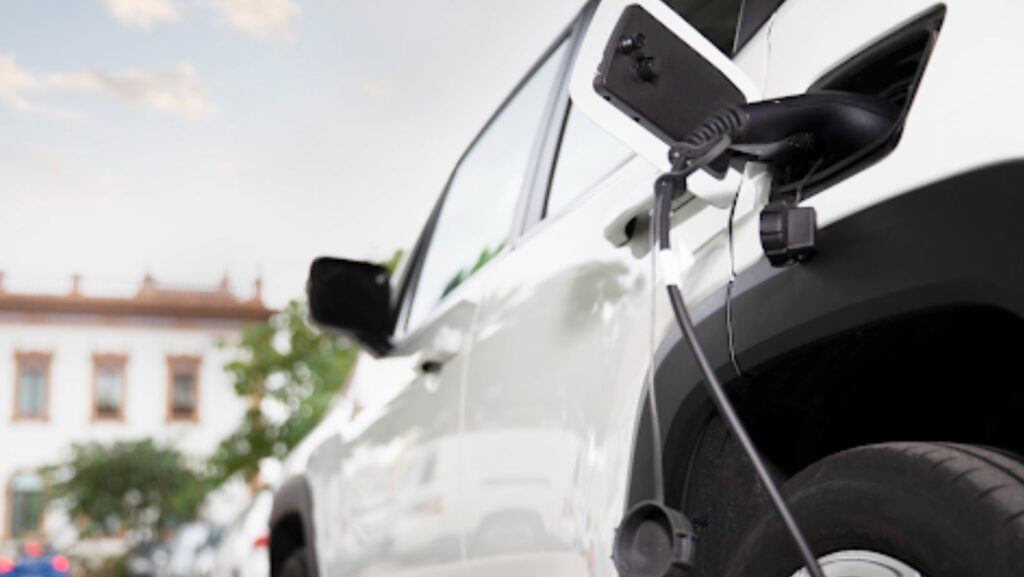Singapore’s roads are witnessing a quiet revolution. As the city-state accelerates toward its goal of phasing out internal combustion engine vehicles by 2040, more drivers are making the switch to electric vehicles (EVs). While the environmental benefits and government incentives make EVs attractive, many new owners discover that insuring their electric car isn’t quite the same as insuring a traditional petrol vehicle.
Understanding the nuances of EV car insurance becomes crucial as you navigate this transition. The unique components, repair requirements, and risk factors associated with electric vehicles create distinct insurance considerations that every current and prospective EV owner should understand.
The Battery Factor: Your Most Expensive Component
The most significant difference between EV and traditional car insurance lies in the battery. Your EV’s battery pack can represent 30-40% of your vehicle’s total value, making it the most expensive single component to replace. Unlike a traditional engine, EV batteries are highly specialised, costly to repair, and often require complete replacement when damaged.
This reality fundamentally changes how insurers assess risk and calculate premiums. When your traditional car suffers front-end damage, the engine might be repairable. When your EV experiences similar damage affecting the battery compartment, you’re often looking at a total loss scenario due to the battery replacement cost exceeding the vehicle’s value.
Battery degradation presents another unique consideration. While traditional car engines don’t typically lose significant value due to natural wear until major problems arise, EV batteries gradually lose capacity over time. Some insurance policies now include provisions for battery performance warranties, while others may exclude coverage for batteries that fall below certain capacity thresholds.
Repair Network Limitations Drive Up Costs
Your traditional car can be serviced at countless workshops across Singapore. Your EV, however, requires specialised technicians, diagnostic equipment, and safety protocols that aren’t universally available. According to the Land Transport Authority’s latest initiatives, while Singapore is rapidly expanding its EV charging infrastructure, the growing EV population still far exceeds the number of certified EV service centres.
This scarcity creates a ripple effect on insurance costs. Insurers must factor in longer repair times, higher labour costs, and the need to transport your vehicle to authorised service centres. The limited parts availability for many EV models can extend repair periods from days to weeks, increasing courtesy car costs and overall claim expenses.
Additionally, first responders and towing services require special training to handle EVs safely due to high-voltage systems. These specialised services command premium rates, which ultimately influence your insurance costs.
Premium Pricing: The Double-Edged Sword

EV insurance premiums in Singapore currently present a mixed picture. While some insurers offer discounts for EVs due to their advanced safety features and lower theft rates, others charge higher premiums due to the factors mentioned above.
Your EV likely includes sophisticated driver assistance systems, automatic emergency braking, and other safety technologies that can reduce accident likelihood. These features often qualify for safety-based discounts with many insurers. However, these same advanced systems are expensive to repair or replace, potentially offsetting the safety discounts.
The relatively small pool of EV drivers in Singapore also means insurers have limited claims data to accurately assess risk. This uncertainty often translates to conservative pricing, meaning you might pay more initially as the insurance market adjusts to electric vehicle realities.
Government Incentives and Insurance Implications
Singapore’s push toward electric mobility includes various incentives that can indirectly affect your insurance considerations. The EV Early Adoption Incentive (EEAI) and Additional Registration Fee (ARF) rebates make EVs more affordable upfront, but these incentives don’t extend to insurance premiums.
However, some insurers have begun offering specialised EV policies that recognise the government’s commitment to electric mobility. These policies might include enhanced coverage for charging equipment, cybersecurity protection for connected car features, or coverage for battery capacity loss beyond normal wear.
The government’s investment in charging infrastructure also influences insurance considerations. As Singapore expands its network toward 60,000 public charging points by 2030, the risk of being stranded with a dead battery decreases, potentially affecting how insurers view breakdown and recovery coverage.
Specialised Coverage You Might Need
Traditional car insurance doesn’t account for several EV-specific risks. Your home charging equipment, for instance, represents a valuable asset that might not be covered under standard policies. If your wallbox charger is damaged or stolen, you could face significant replacement costs.
Cybersecurity presents another emerging concern. Modern EVs are essentially computers on wheels, connected to the internet and vulnerable to hacking attempts. Some specialised EV policies now include coverage for cyberattacks that could disable your vehicle or compromise your personal data.
Power surge protection is another consideration unique to EVs. Singapore’s tropical climate can produce sudden electrical storms, and power surges during charging could damage your vehicle’s electrical systems. Standard car insurance might not cover this type of damage.
What to Look for in Your EV Insurance Policy
When shopping for EV insurance, examine the policy details carefully. Look for coverage that specifically addresses battery damage, includes authorised repair networks, and provides adequate courtesy car allowances for extended repair periods.
Consider the excess amounts carefully. Some insurers impose higher excess fees for EV claims due to the specialised nature of repairs. Ensure you understand what’s covered regarding battery performance and whether gradual capacity loss is excluded.
Pay attention to charging-related coverage. Some policies extend coverage to include damage that occurs while charging, while others might exclude it. Given Singapore’s focus on expanding charging infrastructure, this coverage becomes increasingly relevant.
Making the Right Choice for Your Situation
The transition to electric vehicles in Singapore represents more than just a change in fuel source—it’s a shift in how you approach vehicle ownership and insurance. While EV insurance might seem more complex than traditional car insurance, understanding these differences helps you make informed decisions.
Your insurance needs will depend on your specific vehicle, driving patterns, and risk tolerance. As Singapore’s EV ecosystem matures and more insurers develop specialised products, the insurance landscape will continue evolving. For now, the key is understanding that your EV insurance needs are unique and require careful consideration beyond simply comparing premium prices.
The electric revolution in Singapore is just beginning, and as more drivers join the movement, insurance solutions will become more refined and competitive. By staying informed about these differences now, you’ll be better positioned to protect your investment and enjoy the benefits of electric driving with confidence.



